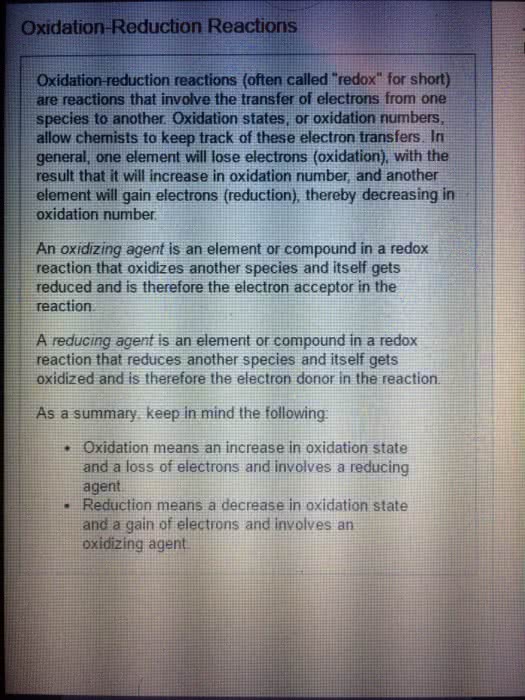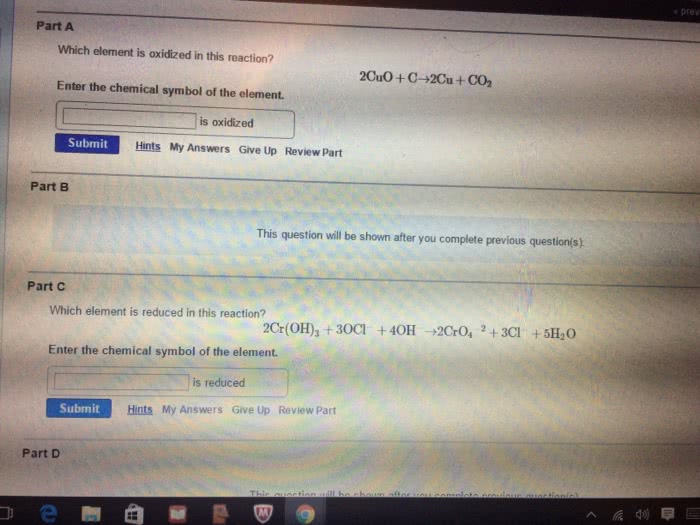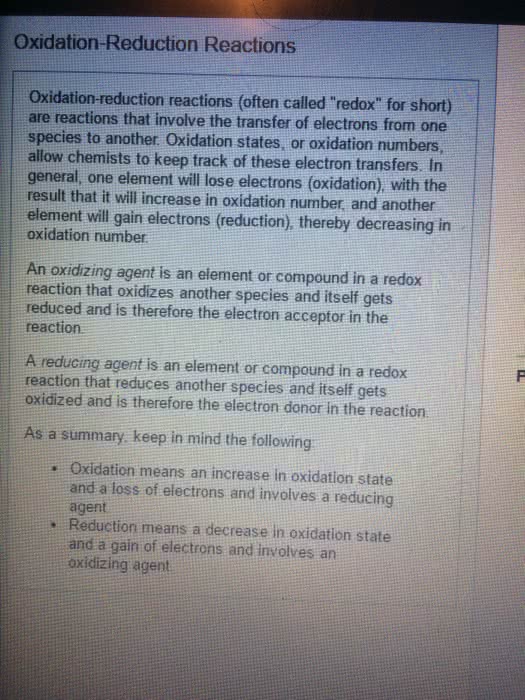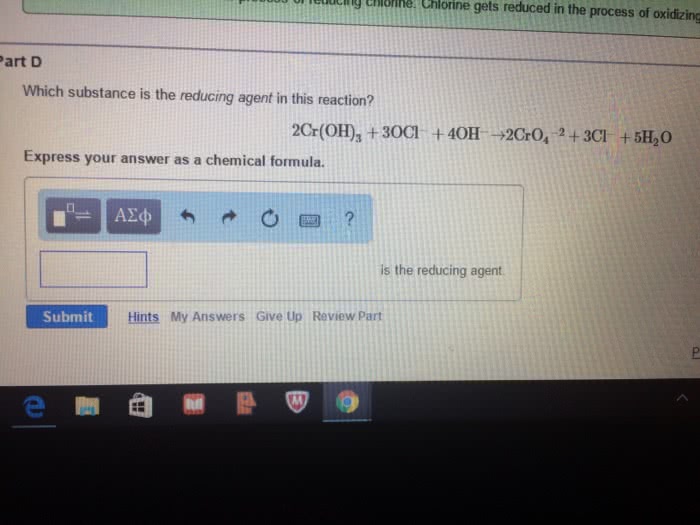Chemistry 1027A/B Chapter Notes - Chapter 2.1: Disproportionation, Redox, Oxidation State
Document Summary
A redox reactions consists of two half-reactions. In the other half-reaction, electrons are gained (reduction) Oxidation states are used to facilitate the electron accounting in redox reactions. In a neutral species, the total must equal zero. In a complex ion, the total must equal the charge on the ion: oxidation states are typically referred to as oxidation numbers. The oxidation number is always zero in a pure element. The oxidation number is equal to the charge on a monatomic ion. Group 1 metals (na, k, etc. ) are +1. Group 2 metal (ca, mg, etc. ) are +2. Hydrogen is +1 (except when bonded to a metal - hydrides, where it is -1) Other halogens (group 17) are usually -1. In any redox reaction there must be a change in the oxidation state of one or more elements. Reducing agent (reductant) causes other species to be reduced. Oxidizing agent (oxidant) causes other species to be oxidized.





